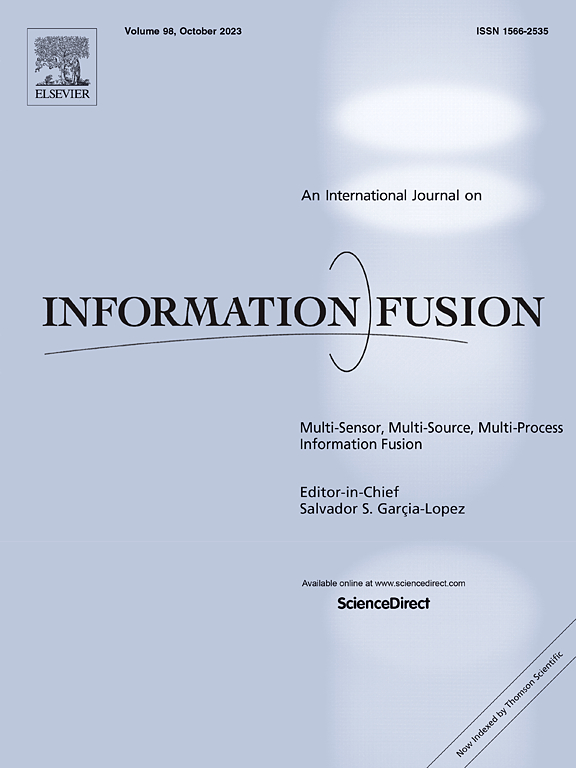Learning to estimate probabilistic attitude via matrix Fisher distribution with inertial sensor
IF 14.7
1区 计算机科学
Q1 COMPUTER SCIENCE, ARTIFICIAL INTELLIGENCE
引用次数: 0
Abstract
We propose a probabilistic framework for attitude estimation using the matrix Fisher distribution on the special orthogonal group . To be specific, a deep neural network is first designed to estimate the attitude probability distributions over , i.e., the unconstrained parameters of matrix Fisher distribution. The network takes common inertial measurements as input and overcomes the challenge of learning a regression model due to the topology difference between the and . We achieve this by using negative log-likelihood loss, which provides a loss function with desirable properties, such as convexity. Subsequently, a Bayesian fusion framework is introduced for properly fusing the measurement probability distribution estimated by the network with the kinematic model of the rigid body to recover the accurate attitude, and simultaneously estimate the time-varying gyroscope bias. The overall Bayesian estimator can be divided into two key steps: uncertainty propagation based on attitude kinematics and measurement update based on the learned network outputs. Finally, extensive experiments are conducted on several datasets representing driving, flying and walking scenarios, and the results demonstrate a promising performance of the proposed method compared with the state-of-the-art ones. Moreover, we present some ablation experimental results and discuss the application of our method to vehicle dead reckoning by combining it with a constrained velocity model.
求助全文
约1分钟内获得全文
求助全文
来源期刊

Information Fusion
工程技术-计算机:理论方法
CiteScore
33.20
自引率
4.30%
发文量
161
审稿时长
7.9 months
期刊介绍:
Information Fusion serves as a central platform for showcasing advancements in multi-sensor, multi-source, multi-process information fusion, fostering collaboration among diverse disciplines driving its progress. It is the leading outlet for sharing research and development in this field, focusing on architectures, algorithms, and applications. Papers dealing with fundamental theoretical analyses as well as those demonstrating their application to real-world problems will be welcome.
 求助内容:
求助内容: 应助结果提醒方式:
应助结果提醒方式:


